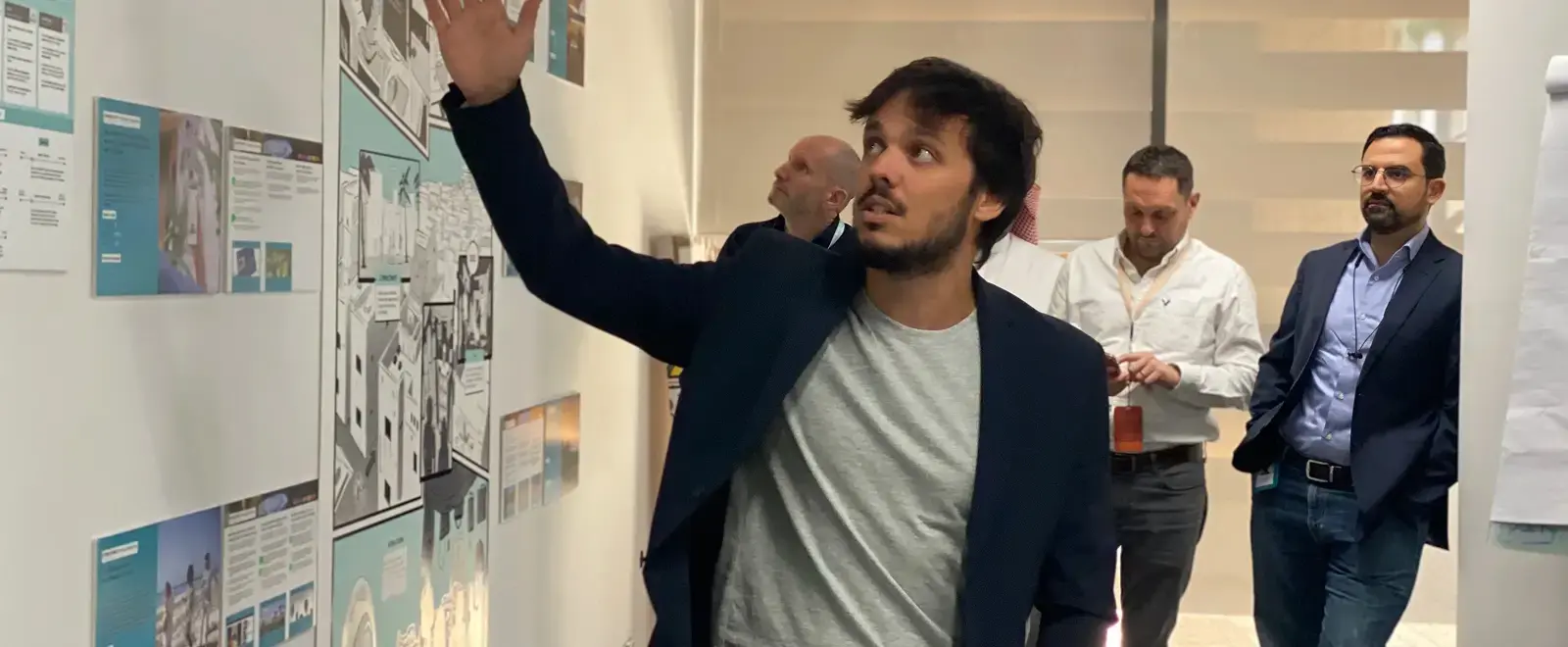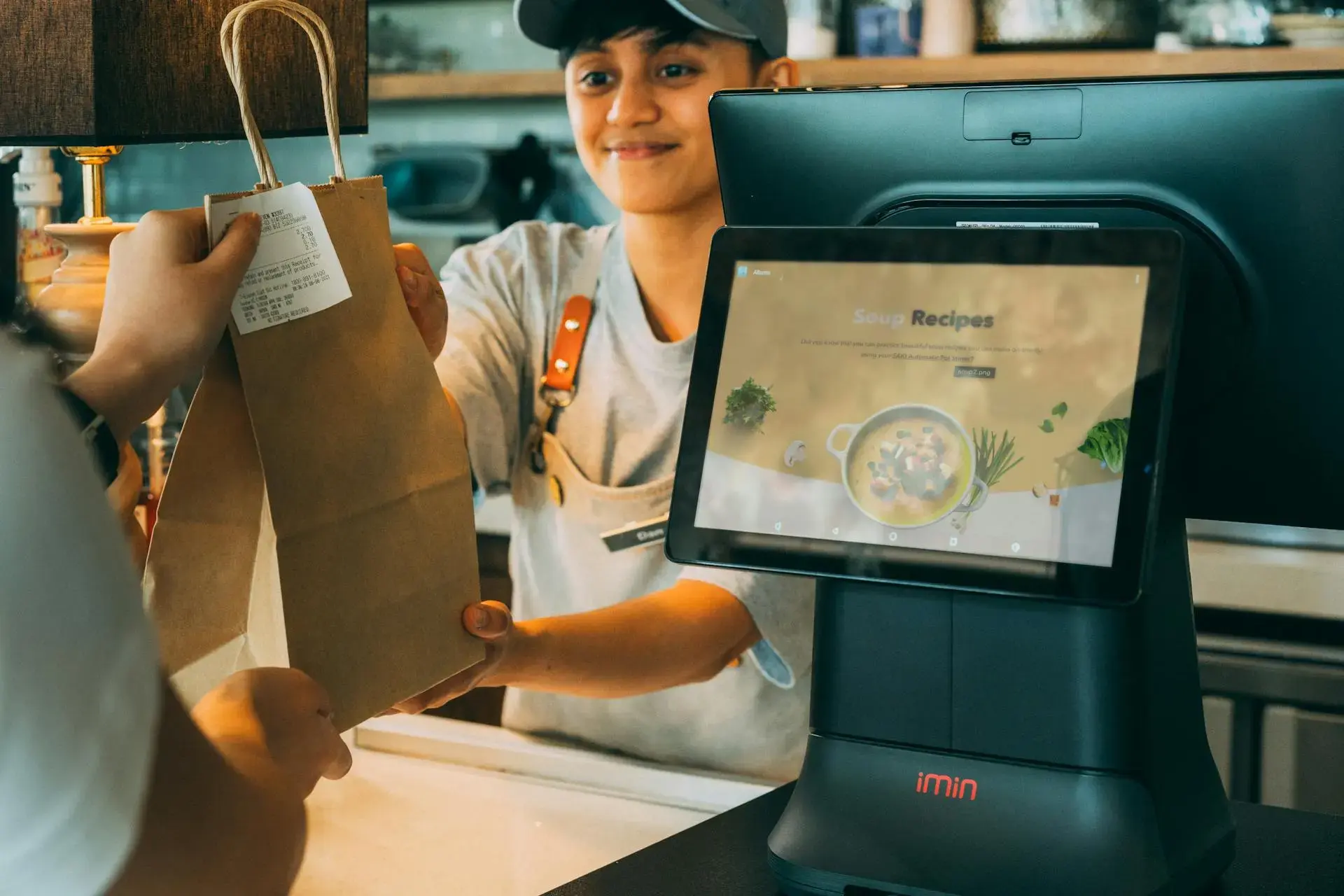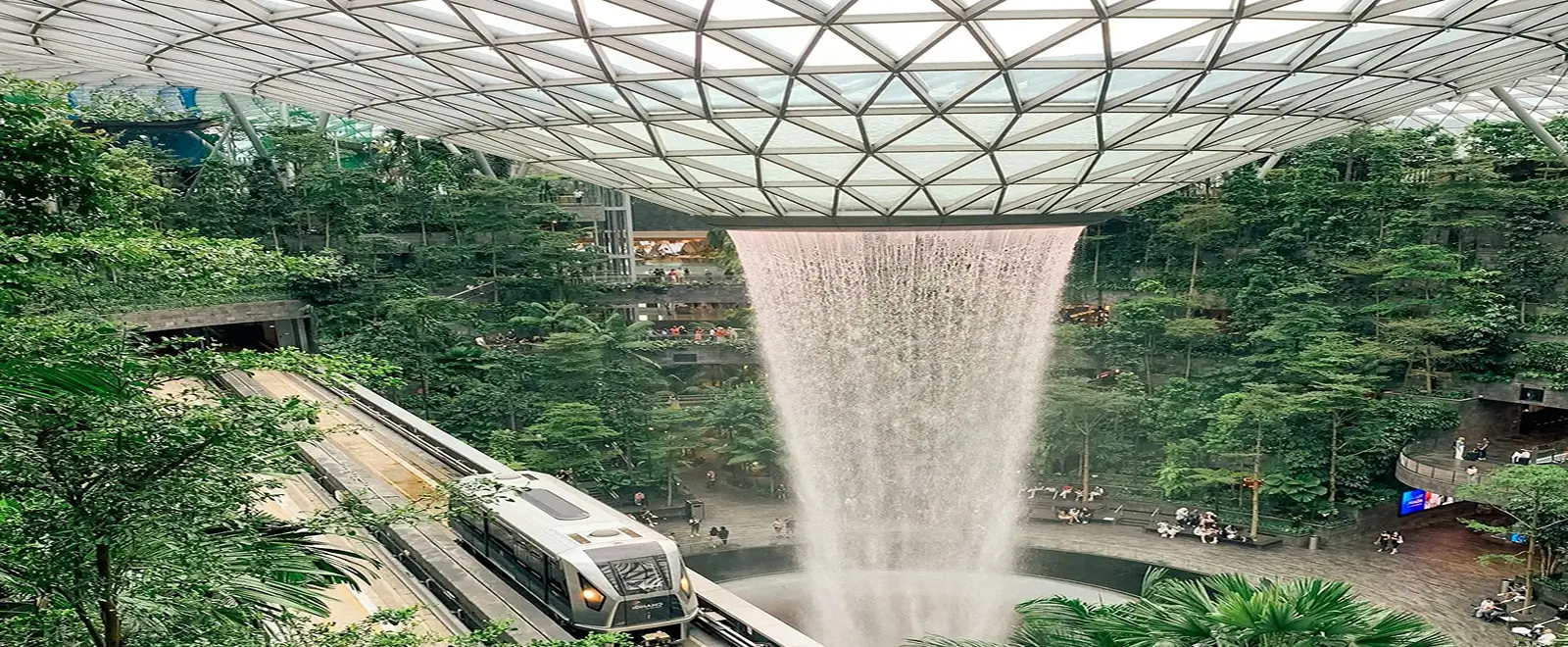Six ways to improve customer experience in aviation
- Travel & Transport
- ·
- 6 min read
Customer experiences in aviation have seen huge improvements in recent years, but there is more to do to make customers feel special and journeys feel seamless.
Specific customer needs are overlooked
Aviation experiences are often optimised for business or first-class passengers, associated with the highest short-term value. But aviation companies should look to design equally for all customers. While economy passengers generate lower short-term transactions, it’s often the case that they have a greater long-term, lifetime value.
Fragmented experiences
Even the customers that receive significant attention have disjointed experiences.
At the heart of a non-customer-first approach is a siloed organisation, where different departments own separate parts of the customer experience. For example, the sales department might oversee ticketing, another will design the in-flight experience, and into the mix goes multiple different partners and other service providers – all with different goals and KPIs.
As a result, to no surprise, passenger experiences become fragmented and inconsistent.
There’s an opportunity for third parties to bridge these gaps. A single app could collect and aggregate the most important passenger travel information. Independent lounges could help customer unwind. Or a business could help customers successfully claim compensation for delays and cancellations.
However, there’s no reason why airlines shouldn’t provide most, if not all, of these services.
Our recommendations
Here are six recommendations for aviation companies to improve passenger experience, delight customers and stand out against the competition:
1. Place your focus across the journey
It’s important to remember that your customers’ journey begins days, even weeks and months before and after they travel.
Find ways to engage with the customer when they’re anticipating and researching their trip, and when they’re reminiscing or planning the next one.
Help them prepare for their time at the airport when they’re at home, and give them a meaningful airline experience outside of the aircraft.
And thinking about accessibility; how can you help people prepare for the journey in a way that’s helpful and meaningful?
Too many companies miss these opportunities to differentiate in the face of increased competition.
For example, Dubai Airport developed an autism friendly guide to help those with invisible disabilities to prepare for each airport touchpoint before they arrive and show them how to access support along the way. A digital version is also in development, allowing passengers to experience the look, feel and sound of different parts of the airport, reducing stress and anxiety.
Finnair sends 'travel moments' to passengers after the trip, such as a digital postcard which includes a map of the flight path, fun facts e.g. "you travelled 5,234km, about the same as 125 saunas laid end to end', and suggestions for more memories to make soon.
2. Build relationships with your customers
By ‘building relationships’ with customers, we’re talking far beyond Frequent Flyer Programmes. Think about how to make them feel truly valued. Focus in on their specific needs and think about how you can forge a bond with them throughout the whole journey. When you invest in meeting needs beyond transactions, you can become their preferred lifetime flying partner and a business they trust to deliver consistently high-quality customer service. All while increasing the lifetime value of that customer.
For example, Changi Airport’s Changi Rewards offers points for every dollar spent at the airport, which passengers can redeem for shopping vouchers and discounts. Members also get access to parking benefits, member-only event invites and exclusive promotions enhancing their overall experience of the airport.
Similarly, Emirates Skywards allows members to earn miles every time passengers spend with partner airlines, hotels, and car rentals. The program offers ‘exciting moments and memorable experiences’, creating an emotional connection that strengthens customer loyalty and gives them a rewarding reason to keep travelling with Emirates.
3. Act as one
Streamlining and enhancing customer experiences needs everyone working together.
Customers don’t care about the stakeholders and red tape involved creating their travel experience. Whether it’s airline, airport, handler, caterer, police, customs, immigration, retailers – all that matters to them is what the experience is like and how it feels, not who’s responsible for each part.
When something goes wrong, customers don’t want to waste their time tracking down the responsible party. What they need is the problem solved.
Successful aviation companies acknowledge the importance of establishing solid partnerships to orchestrate, streamline and enhance the whole customer experience.
I am Toronto Pearson ignites the airport community at Toronto Pearson, bringing together the airport workers from the parking garage to the runway to bring safe, reliable and friendly service to their passengers at all touchpoints. The initiative sparks pride amongst the workforce and unifies the team on driving excellent passenger experiences.
4. View yourself as a hospitality company
While safety and operational excellence are non-negotiables, aviation companies mustn’t see themselves just as logistics or engineering businesses, but as hospitality ones instead. If you shift the focus towards welcoming, entertaining and supporting guests (not just passengers), the service is transformed. You become an experience provider, not just a mode of transport.
Dubai Airports’ meet-and-greet and premium passenger handling services is an exemplary example. The staff are all hospitality trained to assist travellers with personalised check-in, fast-track immigration and lounge access, making passengers ’ journeys more comfortable and convenient, especially for those connecting flights.
5. Create a sense of place
Airports and airlines can frame customers’ impressions of a country, even if they’re just passing through, helped by airlines who also aim to represent the destination country.
Find ways of fulfilling customers’ wanderlust by designing experiences that delight and reflect the hospitality, culture and sensibilities of a destination. Build anticipation about their destination, and help them reminisce about a place they were in. Doing this will create customer loyalty and associate your company with positive emotive experiences.
Terminal 2 at Kempegowda International Airport Bengaluru opened a first-of-its-kind airport terminal in a garden. By placing nature and biodiversity at the centre of the passenger experience, travellers are immersed in Karnataka’s culture, with elements of the terminal sourced from ecological habitats in India. This approach transformed the terminal from a point of transit into a celebration of local identity.
6. Give power to the customer
To truly meet customer needs, design aviation experiences so that customers can choose to engage with you to the degree they want to.
Some travellers want to feel comfortable and pampered, and therefore engage strongly with service providers. On the other end of the same spectrum are travellers that want to feel very little except smooth, frill-free travel, without being bothered.
Be sure to think about the spectrum and how all customer types want to feel when creating experiences, leveraging human and digital touchpoints, and all of the senses.
By thinking deeply about your customers' needs and partnering with all your stakeholders to deliver them, you can design experiences that can separate you from the competition and keep customers coming back.
Download our Passenger Experience Strategy Checklist now for more actionable insights and essential steps to help create your passenger experience.
Ready to reimagine your passenger experience? Get in touch, our CX experts would be delighted to help.












